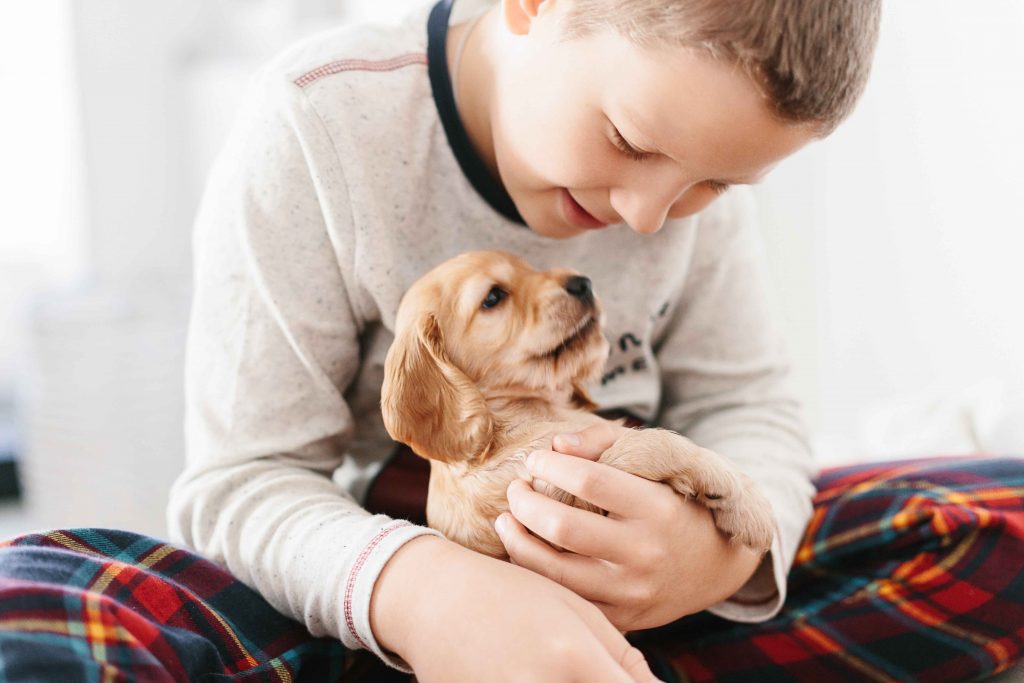Your child keeps telling you they want a puppy or cat for the holidays, but you have doubts about whether they’re ready for it. Owning a family pet can be a nice opportunity to teach your child about responsibility, animal safety, and caring for an animal. Being involved in caring for a new pet can help promote discipline and accountability. But how do you know if your child is ready for this task?
Set Realistic and Clear Expectations for Pet Ownership
Explain to your child that having a new pet is a big responsibility. Pets need to be fed, given water, played with, groomed, picked up after, and so on. Explain that you’ll need to see if they’re ready to help care for a new pet. Explain to your child, specifically, what their responsibilities will be, and make sure that your expectations are appropriate and realistic. Most school-aged children are ready to assist in some tasks, but parents are ultimately responsible for the pet. Parents should supervise to make sure critical care is taking place. For example, watching to see that your child has fed the cat as they are supposed to.
We would not expect a 7-year-old to fulfill all of an animal’s daily needs. However, they may have one specific “job” to do to help care for the family pet. Older adolescents (high school age) may be given greater responsibility; however, parents should still be involved in supervising. This will help make sure certain tasks get done and that their teens understand how to care for the animal.
Show Readiness for a Pet
First, consider what is appropriate for your child. Then, set expectations with your child. What behaviors do they need to exhibit to demonstrate they are ready to help care for a pet? For example, perhaps you need to see that your child is mostly compliant with completing household chores for a certain period of time before considering getting a new pet. Or if your child is often aggressive when angry, perhaps you need to see that they can calm down without being aggressive. This will help ensure that an animal would not get hurt inadvertently.
Track Compliance of Pet-Related Chores
It can be helpful to use a chore chart or other tracking system to document what tasks you expect your child to complete. You can also see whether these tasks were completed successfully and within the expected time limit. If your child is noncompliant with completing basic household chores, it may be unrealistic to expect them to complete chores related to caring for a pet. If your child is compliant with household chores, it can still be helpful to use a visual chore chart. This will help remind children of the tasks they need to complete.
Safety First
If you already have a family pet, it is likely your child already knows certain rules related to animal safety. For example, not feeding the dog certain foods and not allowing the dog into the baby’s room without an adult. If your child has not been around many animals, visiting a local pet store may be helpful. This will allow them to see and touch the animals. This can also serve as an opportunity to teach kids about how to be respectful and safe. For example, pet the kitten nicely on the back, do not pull on whiskers or the tail, and ask the owner before touching a dog.
Utilize Opportunities to Practice Pet Care
If you have family or friends with pets who need a cat-sitter or dog-sitter, you might consider volunteering your child for this job. This could be a nice way to have your child practice completing daily care tasks and observing basic safety rules related to caring for a pet.






Comments